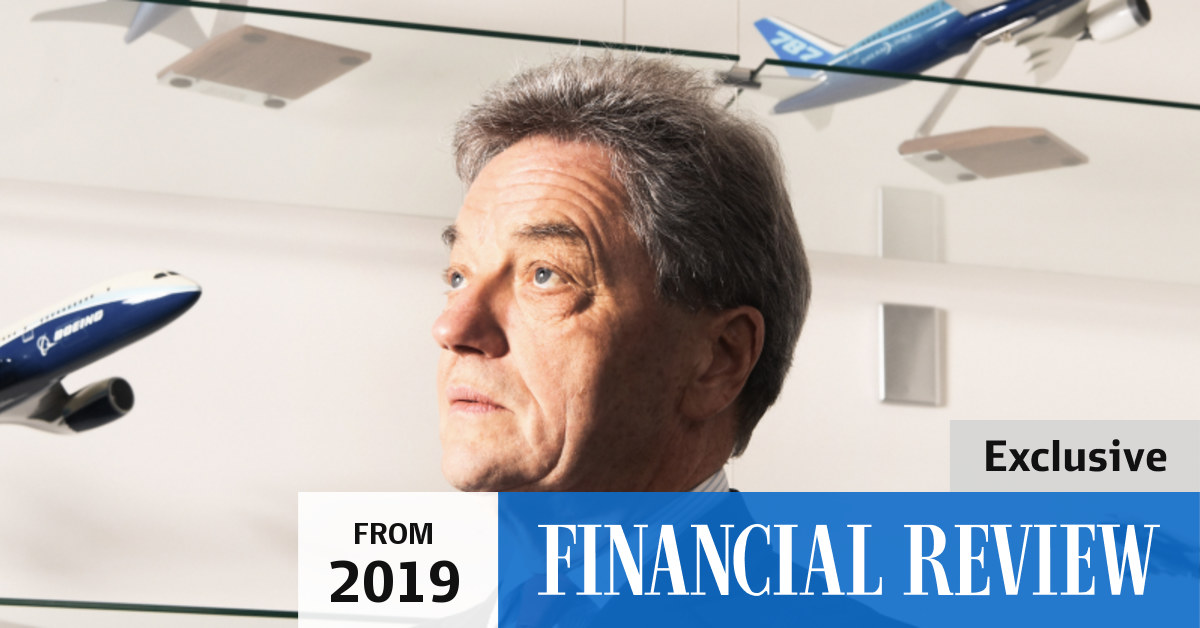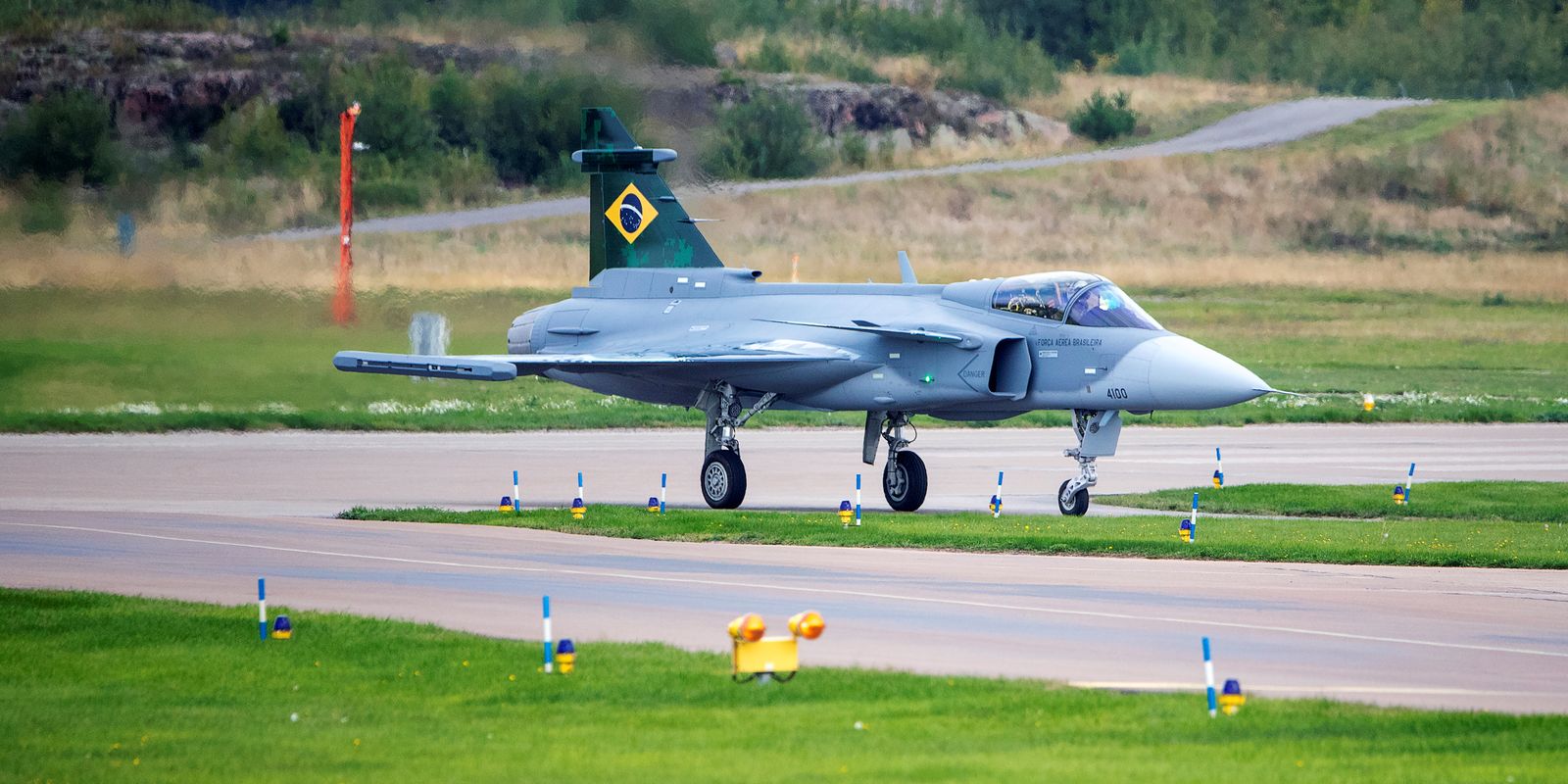Erm, isn't the point of these things to help overwhelm defences by, amongst other things, numbers of more disposable assets? Like for example four f-35 with a small constellation of wingmen? Certainly more than a couple unless I've totally missed the point.Personally I think the capability to locally build UCAVs and ramp up production if necessary is more important than actual numbers. Operationally I don't imagine you would ever need to have more than a handful in service at any given time. I suspect most of the training could be done virtually.
oldsig




